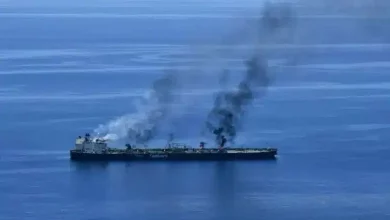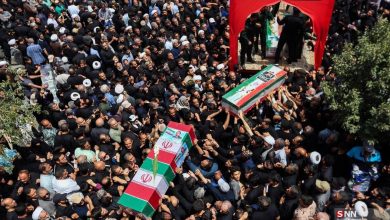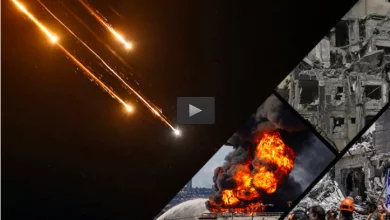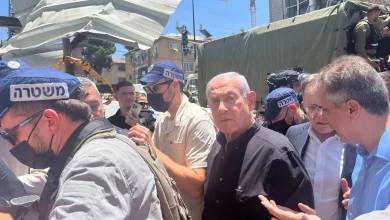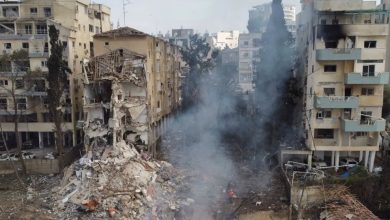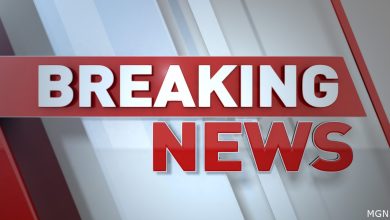Group of Seven countries convene in Italy, Syria on top of agenda
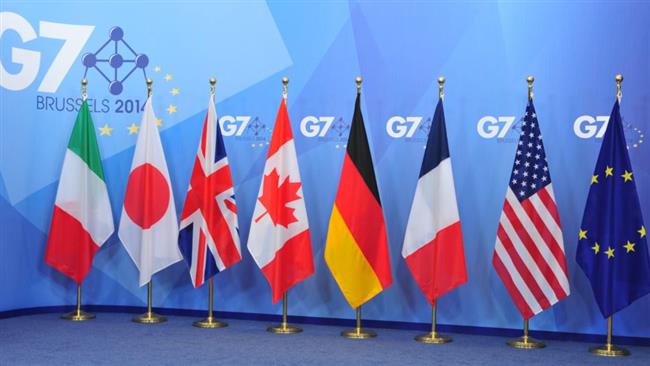

Foreign ministers from the Group of Seven (G7) major industrialized countries are in Italy for a summit, with the Syrian conflict at the top of its agenda.
During the two-day ministerial summit starting in the Italian city of Lucca on Monday, the G7 members will hold a special session to discuss Syria.
Along with the G7 members — Germany, France, the UK, Canada, Italy, Japan and the US — the foreign ministers of Turkey, the United Arab Emirates, Saudi Arabia, Jordan, and Qatar are also scheduled to take part in the special session, due on Tuesday.
‘Fumbling around in darkness’
The countries will reportedly demand that US Secretary of State Rex Tillerson clearly set out Washington’s policy regarding Syria.
Officials in the administration of US President Donald Trump, including the American president himself, have been taking different, sometimes conflicting, stances on Syria and have even made several U-turns on the government of President Bashar al-Assad in the few months since taking office.
Trump, an early advocate of engagement with Russia — a Syrian ally — to primarily fight Daesh in Syria, ordered missile strikes against a Syrian military airbase on Friday, pushing Moscow determinedly away from himself. Also, while some American officials have indicated that the strike was a “one-off” and not meant to unseat Assad, Washington’s hard-line ambassador to the UN, Nikki Haley, said in a Sunday interview that removing the Syrian president was a priority. Days earlier, she had said the opposite.
The US missile strike has drawn strong reactions from Russia and Iran. Both countries are providing advisory military help to Damascus, and Moscow is also carrying out an aerial bombardment campaign on behalf of the Syrian government. The Syrian airbase targeted in the Friday US strike hosted a number of Russian forces, who were reportedly given notice by the US military in advance of the strike.
Italian Foreign Minister Angelino Alfano has said the special G7 session was called in an effort to prevent a “dangerous military escalation” in Syria following the US missile strike.

The US flip-flops on Syria have been taken by the Western countries and their regional allies to indicate the lack of a single, coherent policy. A senior European diplomat, who declined to be named, told Reuters that the “Americans… are navigating aimlessly in the dark.”
Meanwhile, UK Foreign Secretary Boris Johnson will reportedly push the group to devise “very punitive sanctions” on Russia if Moscow refuses to end its support for the Syrian government, British newspaper The Times reported.
A policy paper on sanctions has already been prepared for the meeting.
Following the summit, Tillerson is scheduled to travel to Moscow to meet with Russian Foreign Minister Sergei Lavrov.

